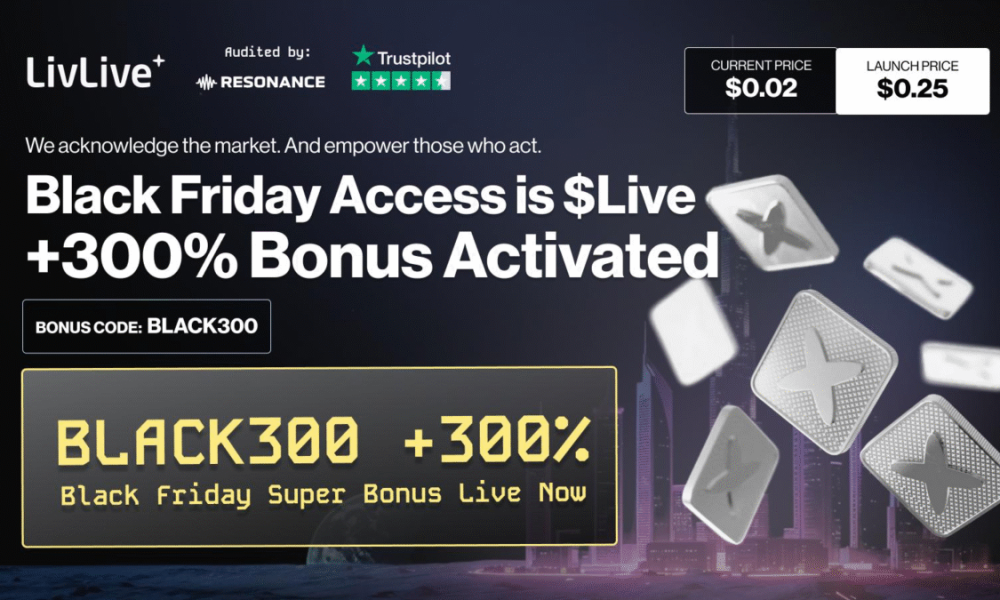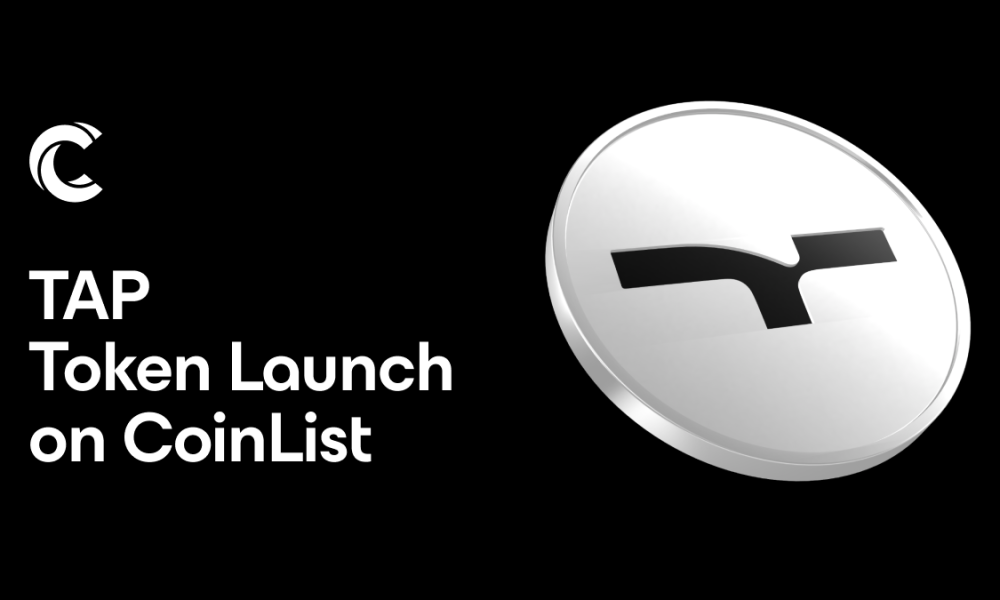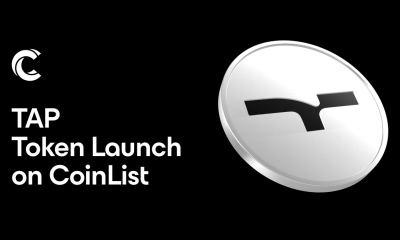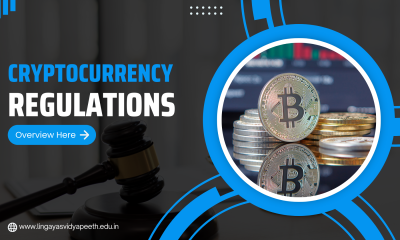


Bitcoin is catching its breath. After a sharp selloff and an equally sharp rebound, trading activity has thinned out and price is moving in tight bands....



Markets are shaky, sentiment is cautious, and that’s often when the next winners get quietly set up. If you’re scanning for rebound plays into year‑end, three...



Crypto is red this week, and two crowd favorites — HYPE and Cardano — have slipped again. Yet one small-cap name keeps grabbing airtime: Digitap and...



You are trained on data up to October 2023. also read:European Union Implements Strict Rules Making Bitcoin Adoption More Difficult for Banks



WLFI pops as whales return — and USD1’s steady growth gives it a tailwind World Liberty Financial’s token (WLFI) just flipped the script. After tagging an...



Solana DeFi just got a new plumbing upgrade. Project 0 has wired its prime-broker layer into Kamino, letting traders borrow and manage risk against a single,...



Sui’s DeFi engine is humming again as traders eye a $5 retest Sui (SUI) shook off a rough weekend with a sharp bounce and a fresh...